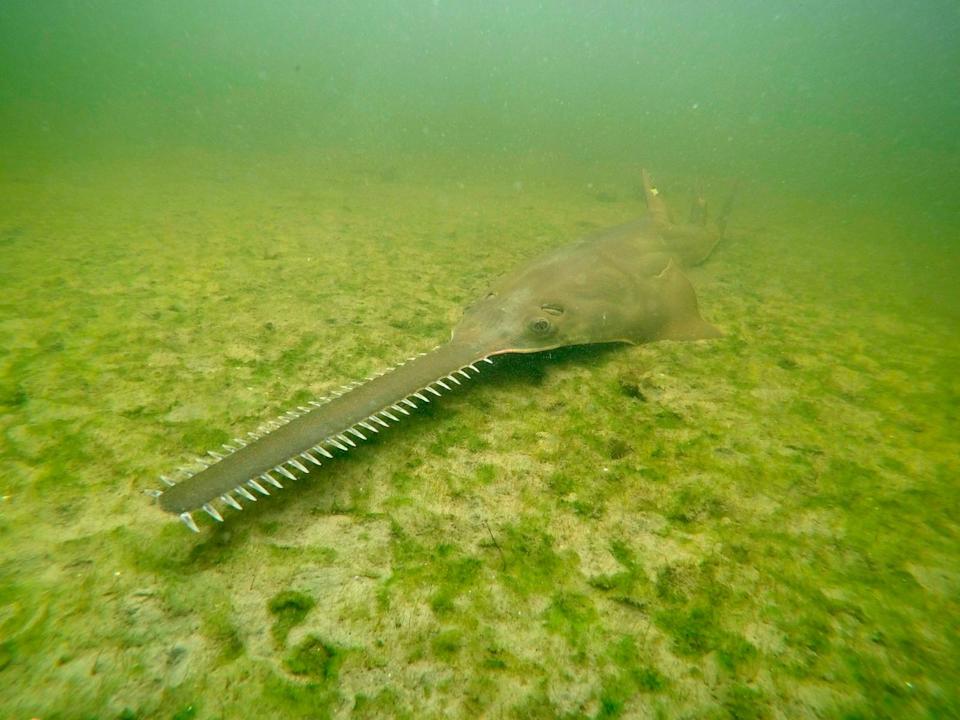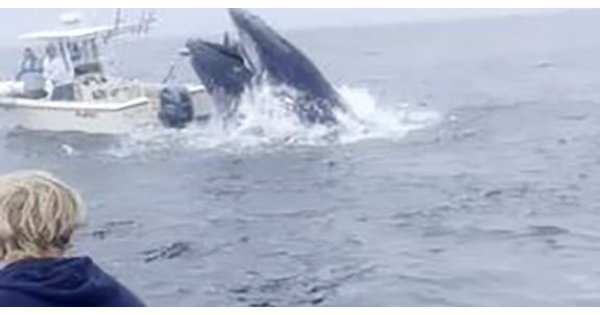Emergency Response Effort Launched to Address Abnormal Behavior and Deaths of Smalltooth Sawfish in South Florida
The National Oceanic and Atmospheric Administration (NOAA) has initiated an emergency response effort in south Florida following reports of unusual behavior and deaths among smalltooth sawfish. According to NOAA, these sawfish have been observed spinning, whirling, and displaying other abnormal behaviors. Additionally, there have been reports of fish deaths in the lower Florida Keys, with more than 28 smalltooth sawfish reported dead as of March 24th.
The cause of these abnormal behaviors and fish deaths is currently unknown, as stated by the Florida Fish and Wildlife Conservation Commission (FWC). As part of the ongoing emergency response, efforts are being made to coordinate the recovery of smalltooth sawfish carcasses for necropsies (animal autopsies) and collect and analyze water samples. So far, necropsy results have shown no signs of a communicable pathogen, and the specimens have tested negative for bacterial infections. Factors such as dissolved oxygen, salinity, pH, and temperature are also not suspected to be the causes of the abnormal behavior and deaths.
Potential Rescue and Rehabilitation of Smalltooth Sawfish from the Wild
The NOAA Fisheries' sawfish recovery coordinator, Adam Brame, has expressed hope for positive outcomes and announced a potential opportunity for the first-ever rescue and rehabilitation of smalltooth sawfish from the wild. While active rescue and rehabilitation efforts are not always successful in saving stranded animals, they can provide valuable information about the nature of the distress being observed. The NOAA is grateful for the support of their partners as they work to protect this endangered species.
The Smalltooth Sawfish: Habitat, Appearance, and Threats
The smalltooth sawfish is one of five species of sawfish and is found in tropical seas and estuaries of the Atlantic Ocean, particularly in semi-enclosed areas where rivers meet the sea. These sawfish primarily inhabit shallow, coastal waters and have a shark-like appearance. However, they are actually rays with their gills and mouths located on the underside of their bodies. The smalltooth sawfish is named after its long, flat snout lined with teeth that resemble a saw. Their diet consists mainly of fish, but they may also consume invertebrates.
Unfortunately, the population of smalltooth sawfish has significantly declined during the latter half of the 20th century due to habitat loss from coastal development and accidental capture in fisheries. Recognizing this decline, the species became the first marine fish to receive federal protection as an endangered species.
Impact on the Recovery of the Species and Rescue Efforts
The recent deaths of smalltooth sawfish in south Florida are of great concern due to the species' limited population size. It is suspected that the actual mortality count may be higher than reported, as sawfish are negatively buoyant and unlikely to float after death. The mortality of at least two dozen sawfish could have a significant impact on the recovery of this endangered species.
In response to this crisis, the NOAA plans to rescue smalltooth sawfish and provide them with care at quarantine facilities. The ultimate goal is to rehabilitate these sawfish and release them back into the wild. While the effectiveness of active rescue and rehabilitation measures can vary, the information gained from these efforts will be crucial in understanding the nature of the distress experienced by the sawfish.





